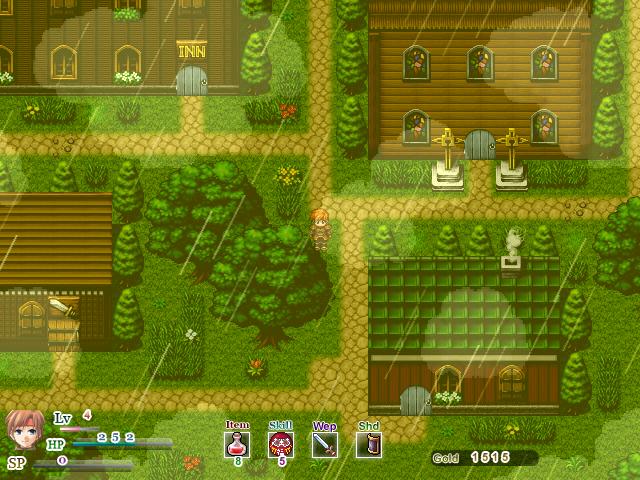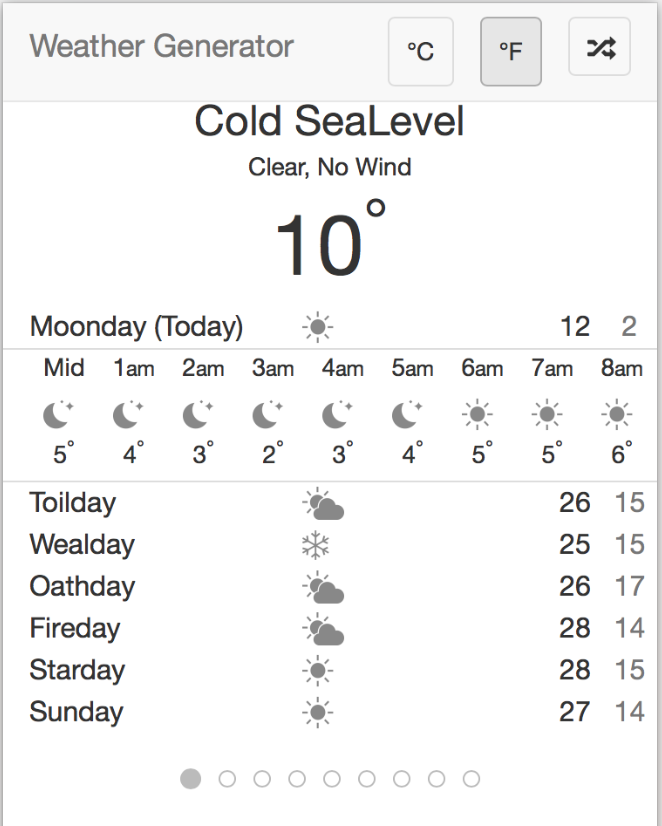

During a Settled regime only one roll is made for the weather type, which then persists until the weather flips to the Unsettled regime again. The second roll is done once per day during an Unsettled weather regime to mimic the passage of storms and weather fronts. There is then a second roll to determine the weather type. The basic idea is to roll once per day to determine if the weather remains Settled or Unsettled, or if it flips to the other weather regime. “Less random” random weather using a simple Markov chainĪ different way to create random weather and yet retain realistic variations is to expand on the idea of the weather flipping between “Settled” and “Unsettled” regimes using a procedure known as a Markov chain. Hexflowers are also slightly more complicated to use than rolling on a random table.

However, real weather can sometimes shift very rapidly from one regime to another and it is more difficult to capture this behaviour in a hexflower. As you can only move one hex per day, the randomly generated weather evolves more gradually. The weather is generated by performing a “random walk” across a 19-hex grid, each hex corresponding to a weather type. It is also harder to incorporate fantastical weather (for example, a radiation storm in a post-apocalyptic setting) when using historical observations.Ī more elegant solution to generating random weather are hexflowers. However, using historical observations requires some preparation and there’s always the sense you are deciding in advance the impact the weather will have in your game (for example, will the months ahead be stormy or not). Historical observations will of course change from one regime to another in a realistic way.

A lot of effort to work out whether it is raining in your RPG!Īnother method is to use historical weather observations from a location on Earth similar to the campaign setting (is a great resource for this). The GM is then encouraged to roll up 30-days of weather in advance and then rearrange the individual days so that the weather evolves in a manner consistent with historical patterns. For example, there is a D&D weather scheme in Dragon Magazine 137 that uses 19 random tables to generate random RPG weather. Some very complex weather schemes have been developed to try and solve this problem. But when the weather is settled we can get the same conditions day after day, for example, during a summer heatwave or a winter cold spell (both of which are often associated with anticyclonic blocking conditions). When the weather is unsettled things do indeed feel random as the passage of storms and fronts bring rain, snow, and strong winds. For example, mid-latitude weather tends to flip between regimes of unsettled stormy weather and regimes of settled weather. Real weather isn’t completely random all the time.

Rolling once a day on a random weather table can result in the weather jumping unrealistically between different types (Storm! Cold Weather! Hot Weather! Storm! etc.). One of the problems with random weather tables is that they tend to be “too random”. In this post, I'll describe a method to generate random weather using a simple Markov chain (see the end of the post for the tables).Nearly all RPGs provide some way to randomly generate weather and include its impacts. This is especially true in wilderness and seafaring exploration adventures, where poor weather can affect navigation, travel speed, and visibility. Weather is important in role-playing games.


 0 kommentar(er)
0 kommentar(er)
